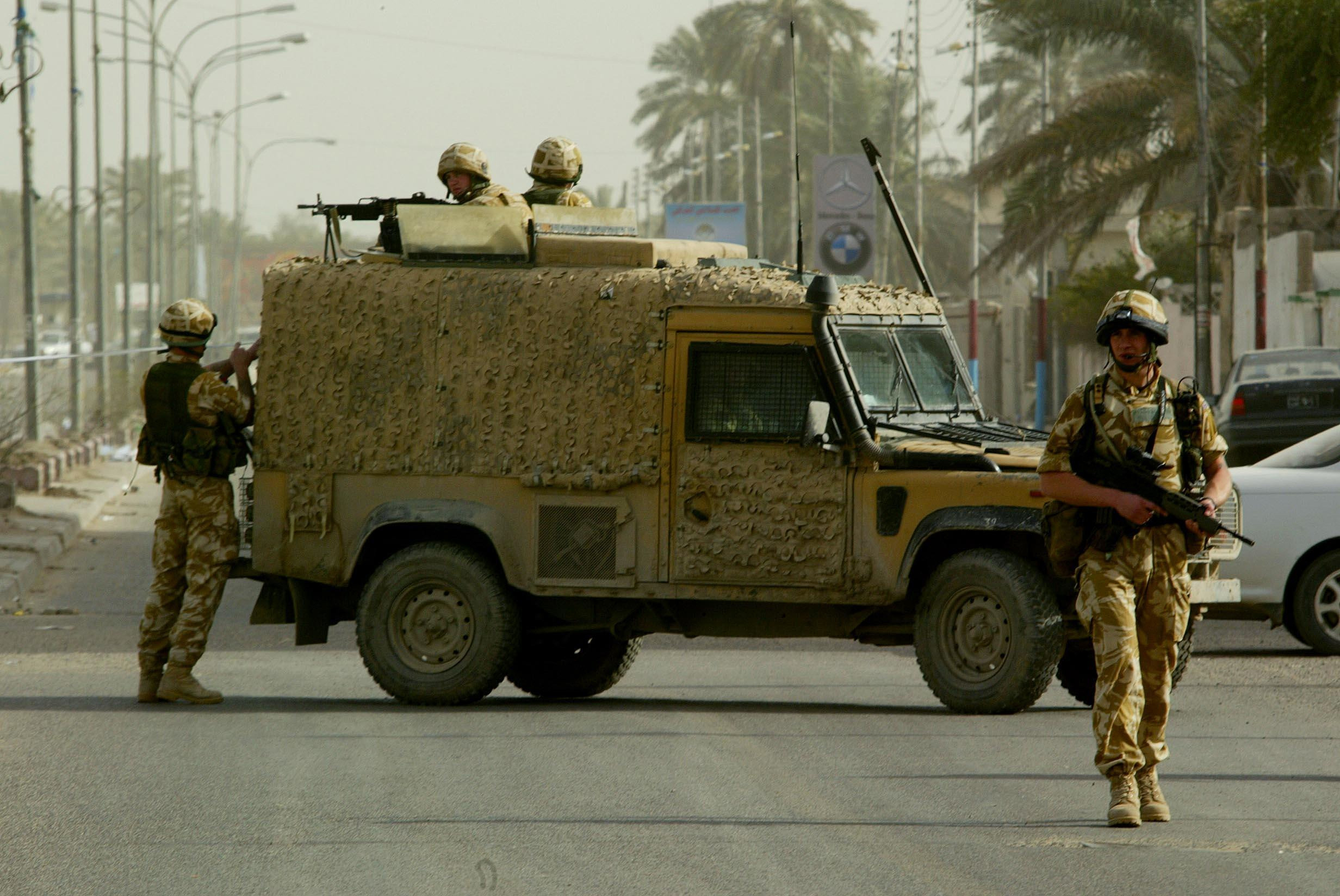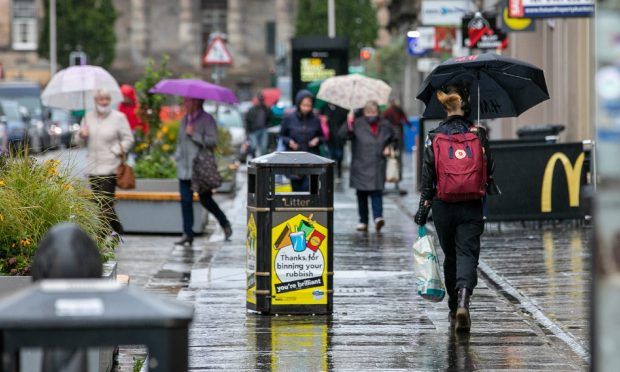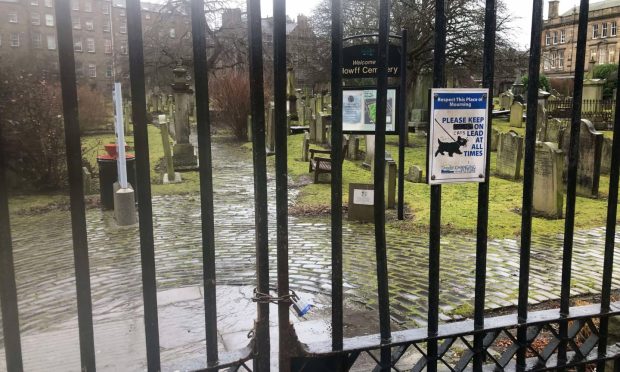Hundreds of young veterans in Tayside and Fife are being abandoned to a life of poverty, debt and depression when they leave the army, it has been claimed.
A total of 339 working age veterans from across the region approached the armed forces charity SSAFA for help in the space of just one year.
This “forgotten generation” is said to be surviving on as little as £13,800 on average, living in fear of debt and suffering from mental health problems as a result of their circumstances.
In Dundee and Angus, 183 people from the armed forces community contacted the SSAFA for support in 2015.
In Perth and Kinross the number was 73, while Fife recorded 184 cases and 83 home visits.
A spokesman for SSAFA explained that the veterans feel “let down” by their country.
Air Vice-Marshal David Murray, chief executive of SSAFA, added: “Our research has identified a cohort of veterans living in pretty desperate circumstances, often through no fault of their own.
“These men and women are not fulfilling their potential in civilian life – their plight is too easily ignored.
“Disappointingly, something that comes across loud and clear from our report is that many of the veterans helped by SSAFA do not feel valued.
“They have served our country – sometimes suffered for our country – and yet they feel forgotten.
“We must identify vulnerable service leavers before they walk out of the barracks for the last time.”
The charity’s research found that the majority of veterans aged 16-64 who come to them for help have long-term physical or mental health conditions (75%), struggle to afford essential items (54%) and do not believe the UK provides enough support for veterans (84%).
The SSAFA’s report revealed that some of these veterans are reliant on food banks while others have ended up homeless, in prison or have contemplated taking their own life.
The organisation is now calling for welfare screening before service men and women leave the forces, a new mentoring scheme to support vulnerable veterans for at least their first year as a civilian and for the Ministry of Defence to ensure that the service records of veterans are shared with health and welfare professionals.
An MoD spokesman explained that over 1000 UK employers now signed the Armed Forces Covenant, which has delivered key improvements for the armed forces community.
These include fairer mobile phone contracts, better deals in motor insurance, employment support and commercial discounts.
A MOD spokesperson said: “We are absolutely focused on supporting working age veterans.
“That is why we’ve developed specific schemes to deliver career guidance, and to help find housing and expert healthcare.
“Just last week we allocated £14m in bank fines to military charities to help those most in need.
“But we know that there is more to do and we will study the report.”
Are you a veteran aged 16-64 and struggling with civilian life? To tell your story, e-mail nvidinova@thecourier.co.uk










